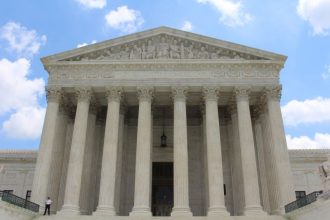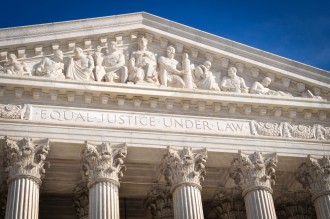
June 2, 2020
Reducing Costs: Patent Maintenance Fees
Most patent-issuing authorities charge maintenance fees or annuities to maintain a patent after it issues. In the U.S., these fees are due at 3 1/2, 7 1/2, and 11 1/2 years after issuance, and are $1600, $3600, and $7400, respectively. These fees are charged annually in most other countries, typically starting low and quickly escalating to a thousand dollars or more per year.
Early on, paying the fees seems like a no-brainer because the technology is new and the fees are low. As the maintenance fees begin to increase, however, the decision will be less clear cut unless the technology has proven itself as a revenue center.
In these cases, a business can realize substantial savings by dropping patents on technologies that are not adding value to the business. Some businesses may resist trimming under-performing patents, however, because so much as been already spent, what’s another thousand dollars? And no one wants to be responsible for dropping the one patent that — against all odds — might suddenly become valuable in its twilight years.
Smart businesses will therefore set up programs to periodically review their patent portfolios and drop the patents that are not likely to contribute value. Following a set of well-defined criteria and running competitive landscape analyses can further help patent owners determine which patents to keep or drop. Most often, resources will be better directed toward protecting promising new technologies. It is for this reason that 15% to 20% of U.S patents due for maintenance fees are abandoned each year.

As the chart above illustrates, fewer than 20% of Korean and European patents are maintained through their full 20 year terms; fewer than 30% of Japanese patents are maintained for their full 20 year terms; and only about 50% of U.S. patents are maintained for their full 20 year terms. (The higher U.S. Maintenance rates are due to the fact that the last maintenance fee is due 11 1/2 years after issuance and optimistic patent owners are unwilling to make the difficult decision at that point to allow the patent to lapse — although the maintenance rates of patents in other countries might suggest that they should.)

The above chart of cumulative maintenance fee costs shows that maintaining a patent through its entire life often dwarfs the cost of obtaining the patent. Still, with costs adding up over time, maintaining a patent throughout its life should be reserved only for the patents that actively add value to the business.
The following table provides several points for patent owners to consider while deciding to keep or drop a patent at different stages in the patent’s lifecycle.




































